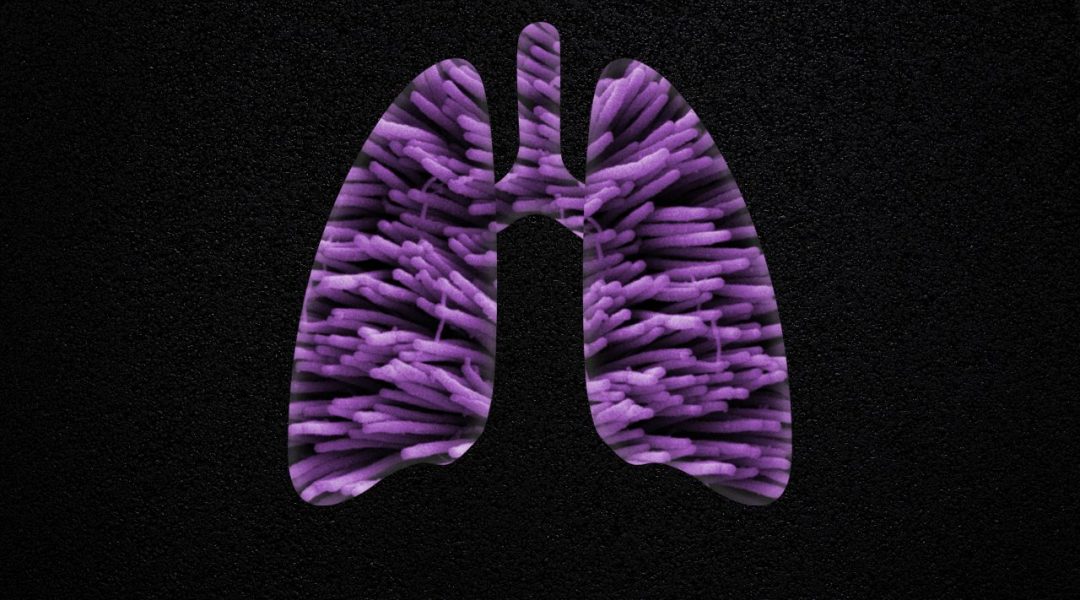Millions of tiny processes occur in our bodies each day to keep us safe from harm. One such process is occurring right now in your respiratory tract. As you breathe in and out, a dense army of cilia work together to guide mucus and harmful substances away from your lungs.
Inspired by the surface structure and transportation mechanisms in the respiratory tract, researchers from Beihang University and Beijing Children’s Hospital develop a smart surface for directional transport of micro/nanometer-scale substances. Their design is based on the integration of airway-cilium-like structures and magnetically responsive flexible conical arrays that bend back-and-forth, creating a conveyor belt for microparticulate motion.
The arrays used in the study are activated when an alternate magnetic field is applied. The magnetic field directs the bending motion and recovery of the flexible arrays, which drives nonmagnetic polystyrene (PS) microspheres in a desired direction.
Controlling the beat frequency and shape of the flexible arrays was shown to improve the array efficiency: Under the same conditions, flexible conical arrays have a higher PS-microsphere-transportation efficiency than columnar arrays.
Ultimately, these smart surfaces could inspire future drug-delivery systems, medical technologies for the treatment of ciliary dyskinesia, and self-cleaning in the absence of a liquid.


















